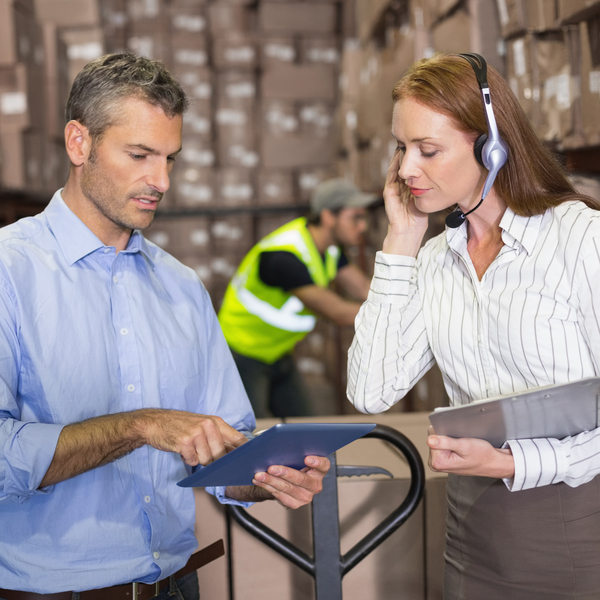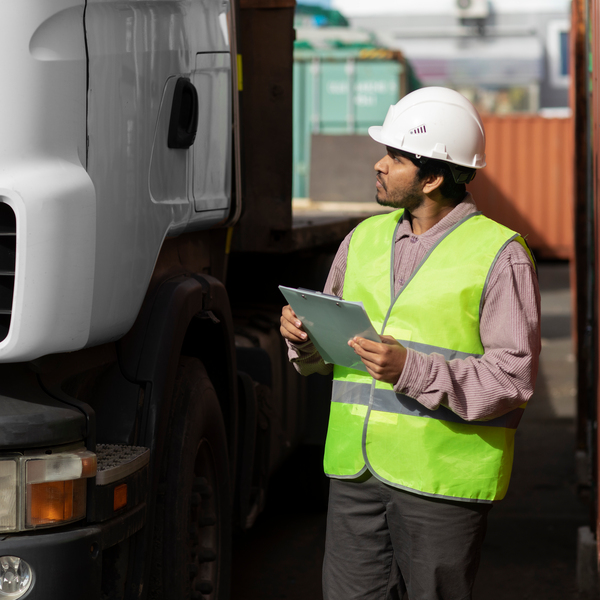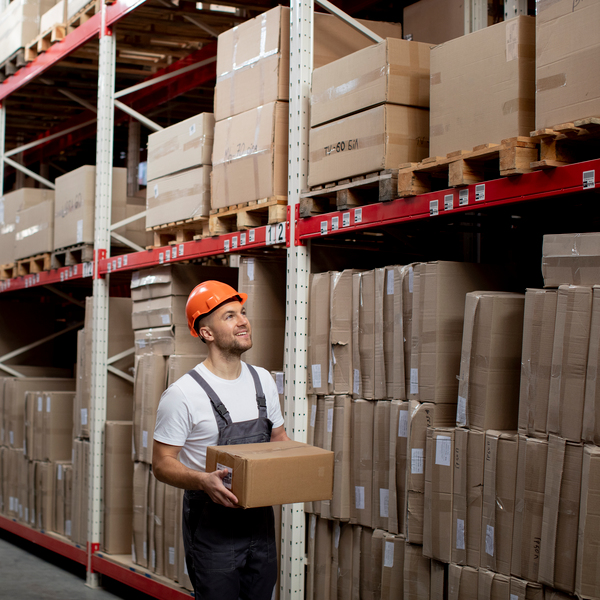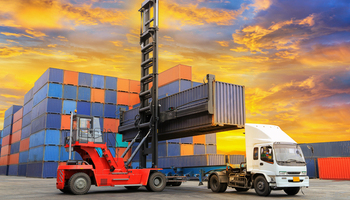Understanding Inbound Logistics: Key Activities and Best Practices

Making sure products get to online stores smoothly—practices of inbound logistics are essential for an e-commerce system to work well. This means lots of different tasks need to happen in sync to ensure goods arrive on time from suppliers. This process includes organizing how things are transported and stored, keeping track of what's in stock, and keeping good relationships with suppliers.
To ensure everything runs as smoothly as possible, looking closely at each task and finding the best ways is vital. To begin with, businesses must carefully study how things are done and find ways to do them even better. This might involve using new technology to help, finding better routes for transporting goods, or improving how businesses communicate with suppliers.
Do you wish to know more about the practices of inbound logistics? Continue reading the article.
Make Appointments With Suppliers
Scheduling appointments with suppliers is a crucial step for e-commerce companies to ensure timely and uninterrupted delivery of goods. Both parties can avoid delays and other logistical issues by coordinating their schedules and making the necessary arrangements.
Additionally, early planning helps reduce lead times, minimize inventory holding costs, and avoid overstocking or stock-outs, ultimately leading to a smoother supply chain process.

Coordination of Transport
After making an appointment, the next important step is coordinating transportation. E-commerce companies typically rely on third-party logistics (3PL) providers to pick up and transport goods from the supplier's location to their warehouse. This process involves careful selection of transportation modes, collective bargaining, and tracking shipments to ensure fast and efficient delivery.

Receipt and Inspection of Goods
After receiving the goods in the warehouse, the e-commerce company takes a crucial step in the inbound logistics process, namely receiving and inspecting the goods to ensure compliance with the required specifications and quality standards. This includes verifying the accuracy of the shipment, carefully checking for damage or defects, and ensuring proper labeling and packaging of the goods.
If discrepancies are discovered, reporting them to the supplier immediately is essential to ensure timely processing and delivery. Through a thorough inspection, companies can maintain quality standards and provide their customers with the best possible experience.

Storing Goods in Your Warehouse
Once the goods have been received and inspected, the next important step is to store them until they are ready for proper delivery. This process involves carefully organizing inventory, carefully labeling and categorizing goods, and assigning appropriate storage locations based on size, weight, and handling needs.
Proper organization and storage are essential in improving inventory accuracy, reducing order processing times, and optimizing warehouse space utilization. Companies can improve their overall supply chain performance and customer satisfaction by ensuring the correct goods are in the right place at the right time.

Best Practices for Managing Inbound Logistics
To ensure that all the practices of inbound logistics, including inbound freight management, run smoothly, e-commerce companies should implement the following inbound logistics management best practices and activities:
- Develop a clear and detailed inbound logistics strategy that defines the roles and responsibilities of each team member and establishes clear communication channels with suppliers and 3PLs.
- Leverage technology and automation tools sch as warehouse management systems (WMS) and transportation management systems (TMS) to streamline operations, reduce errors, and optimize the use of resources.
- Establish key performance indicators (KPIs) to monitor and measure the performance of the inbound logistics process, including lead times, transportation costs, inventory accuracy, and order fulfillment times.
- Continuously monitor and evaluate the inbound logistics process to identify areas for improvement and take corrective action as necessary.
To Wrap It Up
Practicing inbound logistics is vital for e-commerce businesses because e-commerce should ensure products arrive on time, in the right amounts, and good condition. Think of it like carefully planning a big delivery to your house – you want everything to show up when you need it, in the right sizes, and without any damage. It all begins with paying close attention to these details and ensuring your supply chain runs smoothly.
To do this well, eCommerce companies need to keep improving their strategies, which means using technology to help with tasks like organizing shipments, using data to figure out how much of each product to stock, and working closely with suppliers and delivery companies. Businesses can improve their logistics processes by keeping an eye on how okay things are going and being ready to make changes when needed. This helps them get products to customers faster and keeps them competitive in the online shopping world.
FAQ

1. How can automation be leveraged to improve inbound logistics efficiency beyond just warehousing?
While warehouse automation is a familiar concept, some companies are exploring automation in earlier stages of inbound logistics. This could involve using automated delivery scheduling software or integrating with supplier systems for real-time inventory visibility and automatic order placement when stock reaches a certain level.
2. What role can data analytics play in optimizing inbound transportation costs?
Data analytics can analyze historical shipping data to identify cost-saving opportunities. This could involve finding the most fuel-efficient delivery routes, negotiating better rates with carriers based on high-volume shipments, or optimizing packing and containerization to maximize trailer space utilization.
3. How can inbound logistics be adapted for businesses with perishable goods?
Inbound logistics for perishable goods requires stricter controls and faster turnaround times. Uncommon practices in this area might involve implementing stricter temperature monitoring during transport, collaborating with suppliers on shorter lead times, or using specialized packaging with extended shelf life capabilities.
4. What are some strategies for mitigating the impact of global supply chain disruptions on inbound logistics?
Global disruptions can significantly impact inbound logistics. Uncommon strategies might involve diversifying suppliers across different regions, implementing nearshoring or reshoring production to reduce reliance on overseas sources, or building a buffer stock of critical materials to weather unexpected shortages.
Popular Articles

Work-life Balance In Munich: Best Part-Time Jobs For Expats And Loc...

How Semi-Skilled Immigrants in Berlin Can Earn Extra Income

Top Flooring Installation Mistakes To Avoid

The Netherlands Transportation System: A Comprehensive Overview

Budgeting Tips to Save Money on Your Local Move

Moving with Ease: Expert Advice for a Painless Move Across Europe

